Monitoring a Starlink Dish with Zabbix
Curious about keeping tabs on your Starlink internet performance? Whether you're off-grid or just love tracking your network performance, this post has you covered!

Aleksandrs Petrovs-Gavrilovs
Zabbix Certified Expert & Trainer
Latest articles
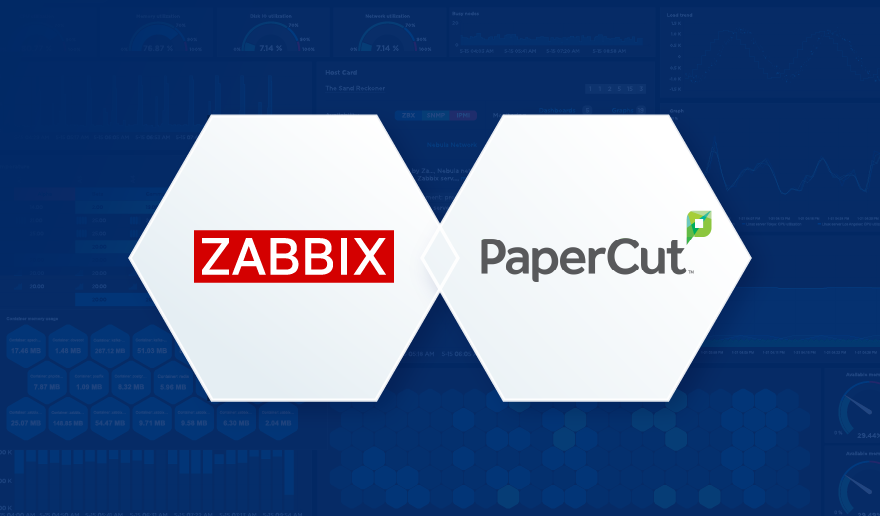
Keep Your Printers Happy with Zabbix and PaperCut NG

December 23, 2025
Integrations
We all know the panic when the print system goes down. As I’ve written about before, PaperCut NG is a fantastic tool for managing printing, but even the best software needs a watchful eye to prevent unexpected downtime.

Patrik Uytterhoeven
Open-source consultant and
Zabbix trainer at OICTS
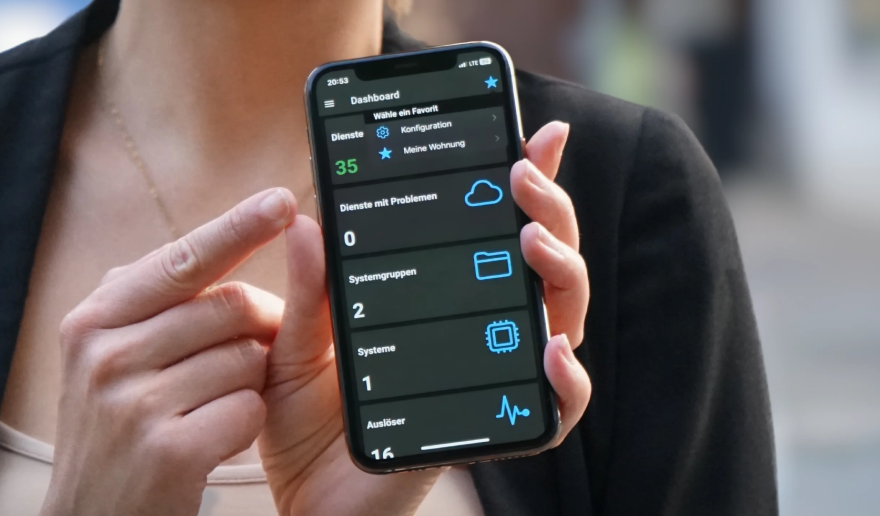
Put Zabbix at your Fingertips with the IntelliTrend Mobile App

December 16, 2025
Integrations
The official Zabbix frontend works great on desktop, but it isn’t built for mobile. Monitoring doesn’t end when you step away from your workstation, and a reliable Zabbix mobile app keeps you connected to your Zabbix environment, gives you instant notifications, and allows you to react to problems or just check your host configuration at […]

Wolfgang Alper
CEO, IntelliTrend IT-Services GmbH

Zabbix security advisories regarding CVE-2022-23131 and CVE-2022-23134

February 25, 2022
News
Here at Zabbix, the security of our product is our top priority. It has come to our attention that two potential CVE issues have been highlighted in tech media outlets – CVE-2022-23131 and CVE-2022-23134. The most critical issue – CVE-2022-23131, affects only Zabbix instances where SAML SSO authentication is in use. While CVE-2022-23134 Affects Zabbix […]

Arturs Lontons
Zabbix Certified Expert & Trainer

Handy Tips #24: Preventing downtimes with The Zabbix HA cluster

February 24, 2022
Handy Tips
Configure automated failover between Zabbix server nodes with the native Zabbix server HA cluster. Preventing downtimes is as vital for a monitoring solution as it is for any other component of an organization’s IT infrastructure. High availability and automated failover can help you prevent unwanted downtimes by supporting multiple application nodes and failing over between […]

Arturs Lontons
Zabbix Certified Expert & Trainer

Tags in Zabbix 6.0 LTS – Usage, subfilters and guidelines

February 18, 2022
How To
Starting from Zabbix 5.4, item tags have completely replaced applications. This design decision has allowed us to implement many new usability improvements – from providing additional information and classification to the tagged entities, to defining action conditions and security permissions by referencing specific tags and their values. Let’s take a look at how tags are […]

Andrey Biba
Integration Engineer at Zabbix
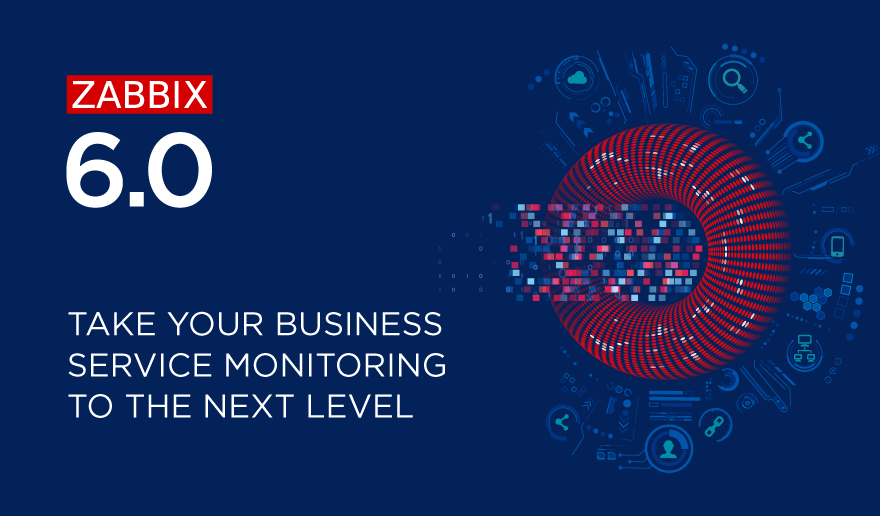
Zabbix 6.0 LTS is out now!

February 15, 2022
News
The Zabbix team is proud to announce the release of Zabbix 6.0 LTS. The latest version comes packed with many new features, improvements, new templates and integrations.

Arturs Lontons
Zabbix Certified Expert & Trainer
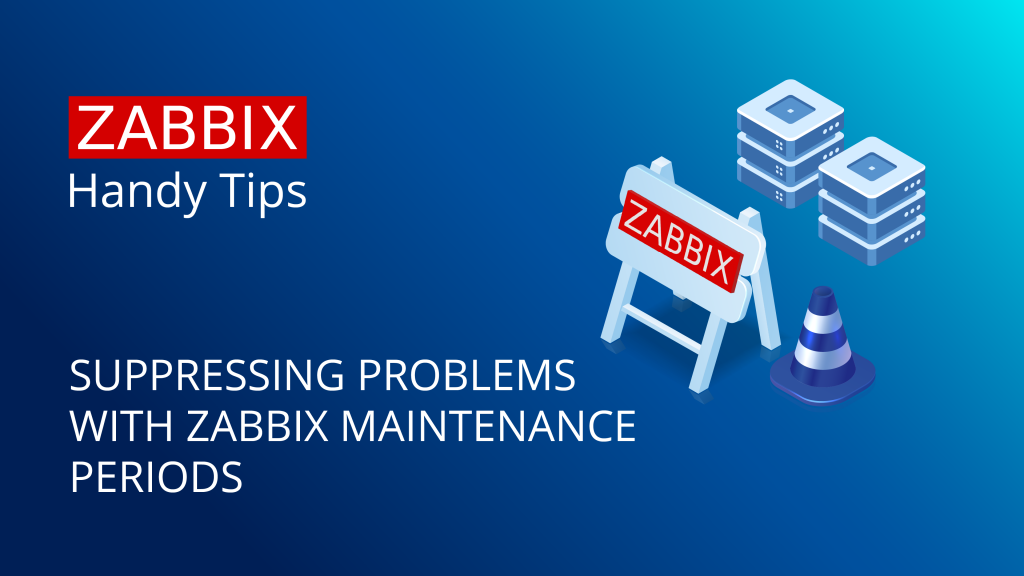
Handy Tips #23: Suppressing problems with Zabbix maintenance periods

February 10, 2022
Handy Tips
Suppress unwanted problems during planned maintenance by defining Zabbix maintenance periods. Planned downtimes due to maintenance are a part of every administrator’s life. Be it updating your software or upgrading the underlying hardware – sooner or later we will need to schedule a planned downtime. We also need to find a way to suppress the […]

Arturs Lontons
Zabbix Certified Expert & Trainer
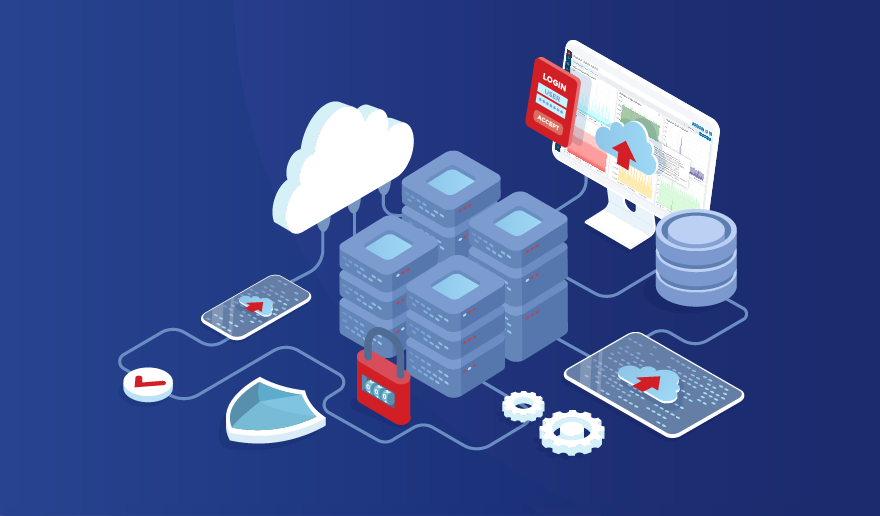
Monitoring Juniper Mist wireless network

February 1, 2022
Case Study
As Premium Zabbix partner, Opensource ICT Solutions is building Zabbix solutions all over the world. That means we have customers with a broad variety of requirements, thoughts on how to monitor things, which metrics are important and how to alert upon it. If one of those customers approaches us with a question concerning a task […]

Brian van Baekel
Consultant, Zabbix Trainer at Opensource ICT Solutions B.V.









